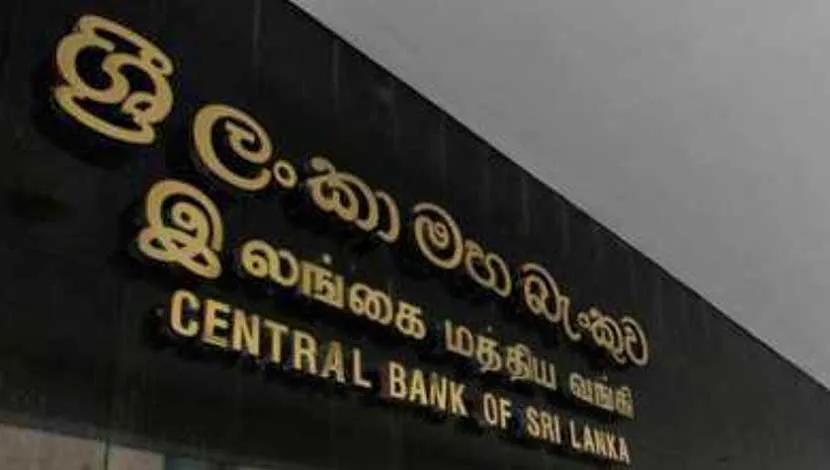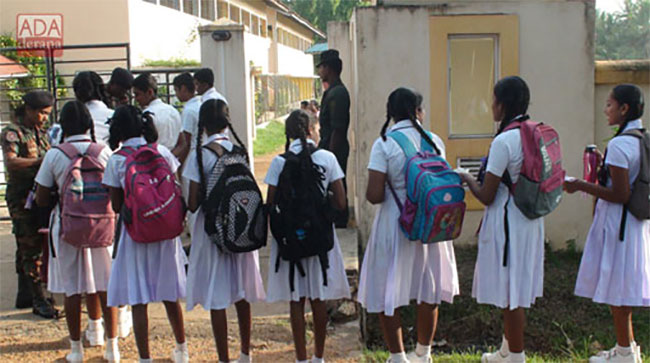
Loses nearly a billion dollars as CB retires bulk of foreign debt obligations due this year
SL now has only US$ 607.3mn worth foreign currency debt due for this year
Sri Lanka’s foreign exchange reserves, which recouped part of the lost assets during August through inflows from the International Monetary Fund (IMF) and the currency swap with Bangladesh Bank, lost about a billion dollars in September as the government retired bulk of the foreign debt obligations due for this year, with only a little left for the remainder. According to the data, the official reserve assets by the end of September were at US$ 2,581.3 million, compared to US$ 3,543.5 million in August. But the Central Bank said it had lined up foreign currency inflows to the tune of US$ 4,500 million from October through December and a further US$ 5,650 million in the subsequent three months through March 2022. September reserves provides around 1.5 month of import cover but doesn’t include the currency swap agreement with the People’s Bank of China equivalent to US$ 1.5 billion which is yet to be drawn down as it is being kept as buffer. Sri Lanka’s foreign currency reserves fell to a post-war low of US$ 2,805.9 million in July after the Central Bank settled a billion dollars worth international sovereign bond (ISB) amid rising imports, the near absence of key inflows from tourism and direct investments, and a sharp slow down in remittances. But the receipt of nearly US$ 800 million from the Special Drawing Rights allocation of the IMF and the inflows from Bangladesh Bank as part of a currency swap helped the country to regain some of the lost reserve assets during August. The September decline in reserves came after the country settled foreign currency debt worth of US$ 1,417.2 million due in that month, which effectively put behind a larger amount of debt due for this year. With the September settlement, the government now has only US$ 607.3 million worth foreign currency debt due for the remainder of the year before the next big settlement of US$ 500 million worth ISB comes due in January next year. With the bulk of foreign debt falling due for this year now settled, the Central Bank can start rebuilding its reserves with the envisaged inflows and other arrangements listed in its six-month road map, presented recently. Recent developments in faster recovery in air travel combined with the equally faster vaccination drive provide early signs of healthy recovery in the tourism trade as the most recent statistics showed arrivals more than doubling in September over August to surpass the 10,000 mark for the first time since the borders re-opened. Merchandise exports are also hitting a billion dollars a month in earnings since recently and it is forecasted to generate US$ 3.3 billion in the three months through December 2021. Last week, the Central Bank announced the implementation of the mobile application, ‘SL-Remit’ in collaboration with the banking sector to facilitate low cost foreign remittances via official channels while discouraging the use of informal channels, which caused the recent deceleration in the remittance incomes. The Central Bank indicated US$ 4.0 billion worth reserves as a relatively comfortable level by the end of this year and targets a reserve buffer equivalent to 4 months of imports by March 2022 under its economic stabilisation programme in motion for 6 months starting October 2021.
Popular News






